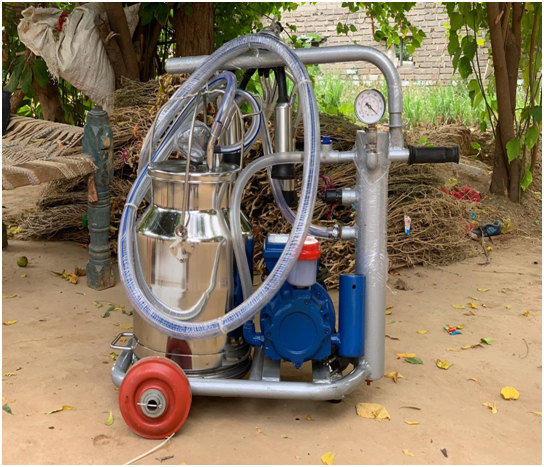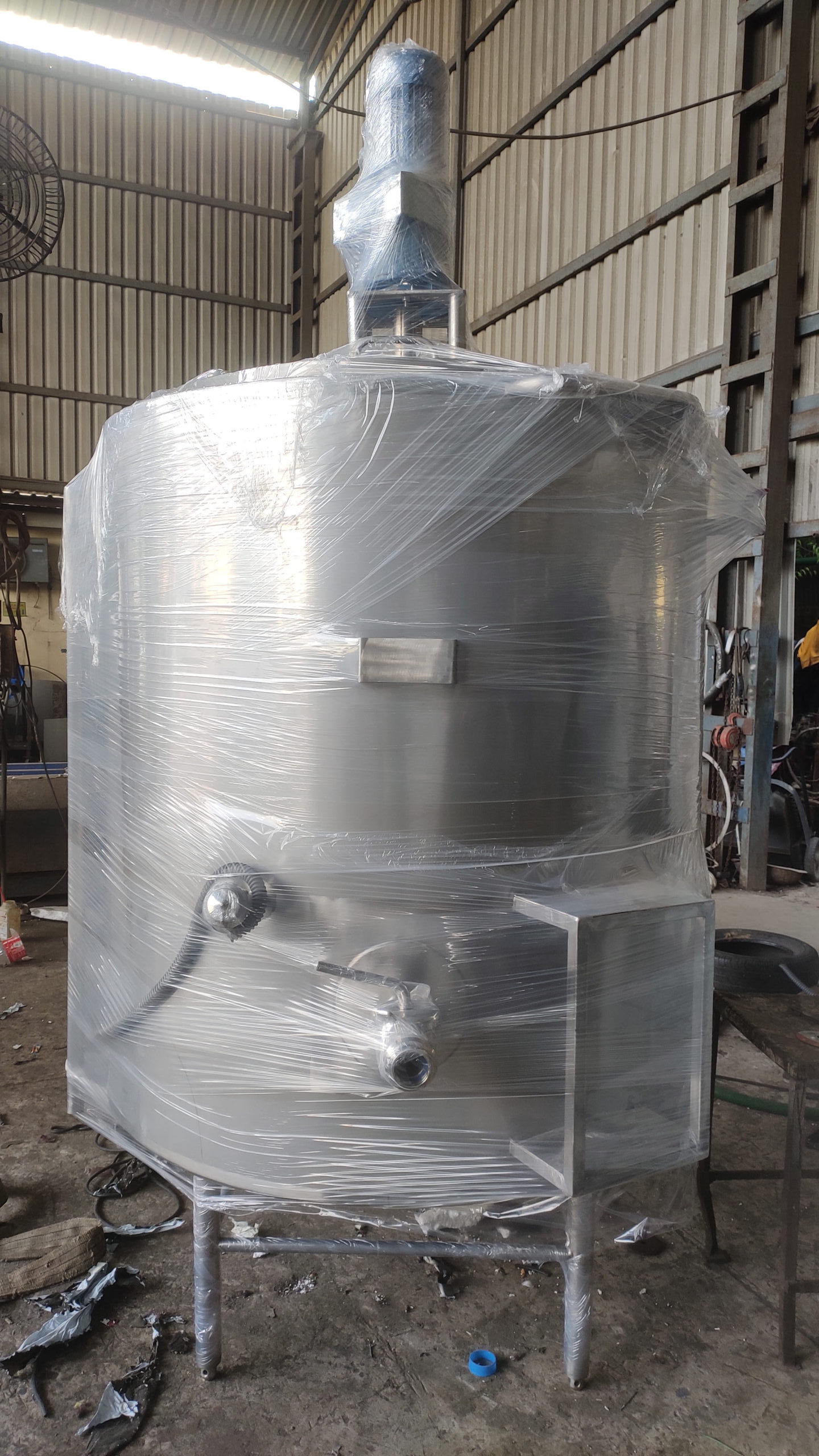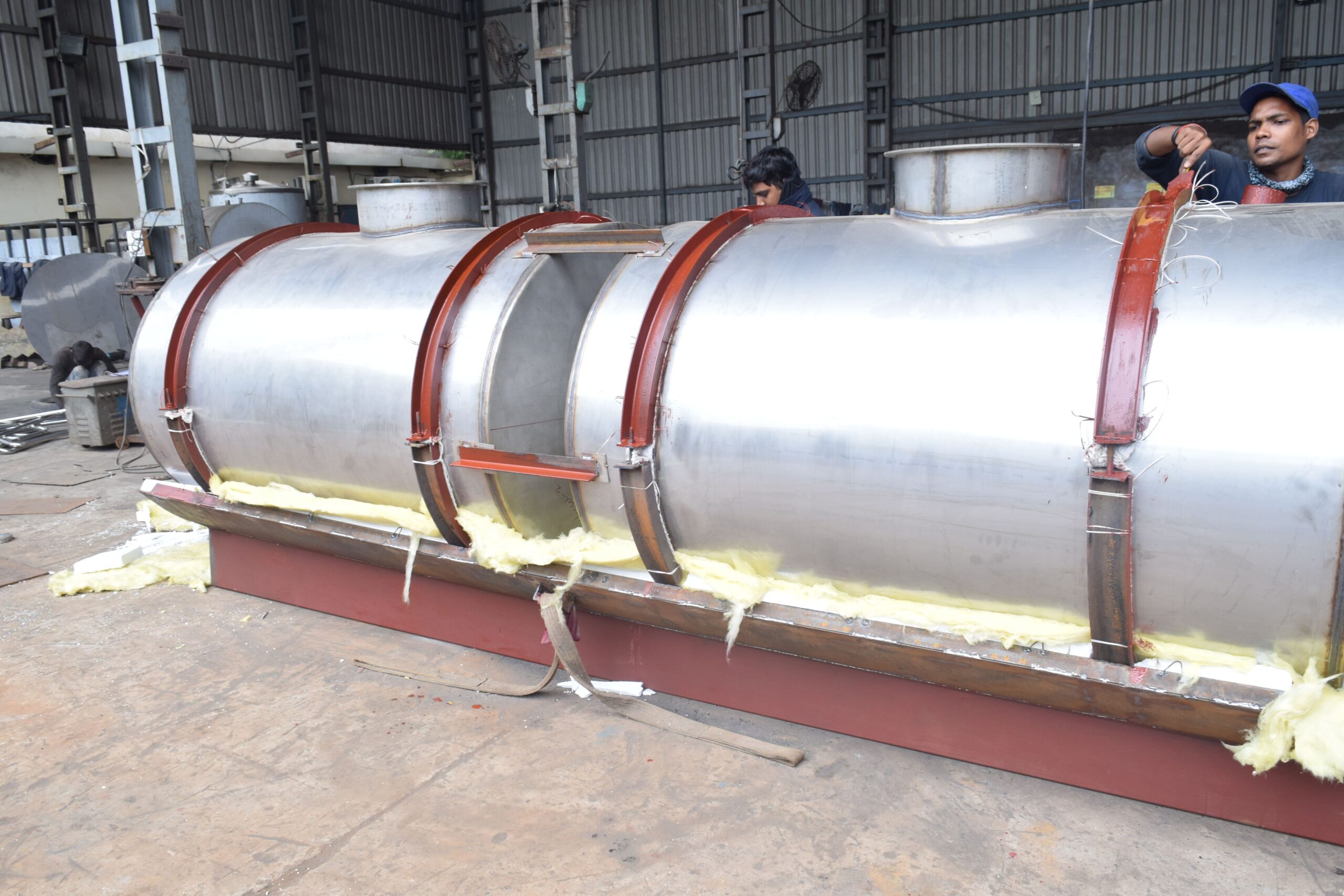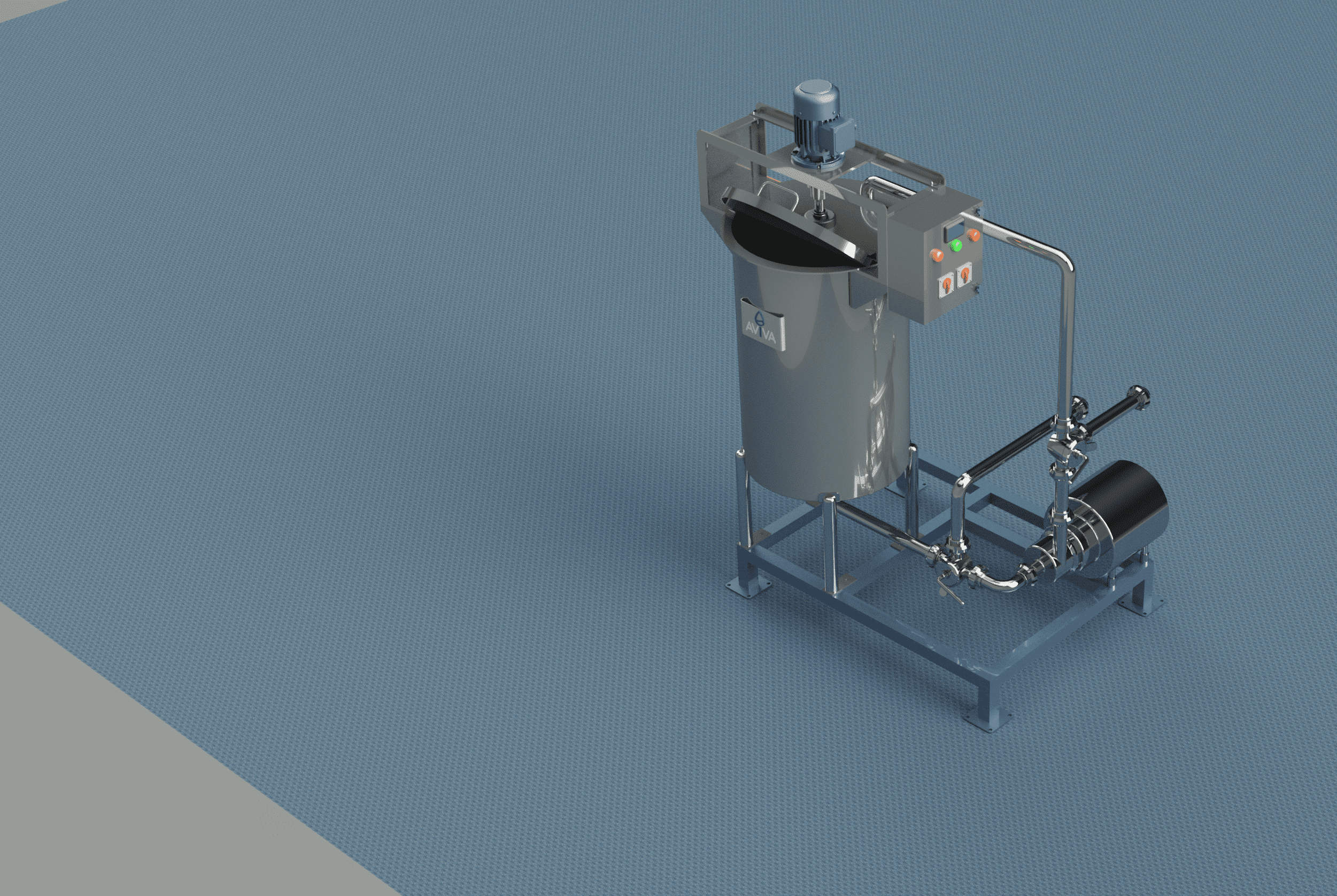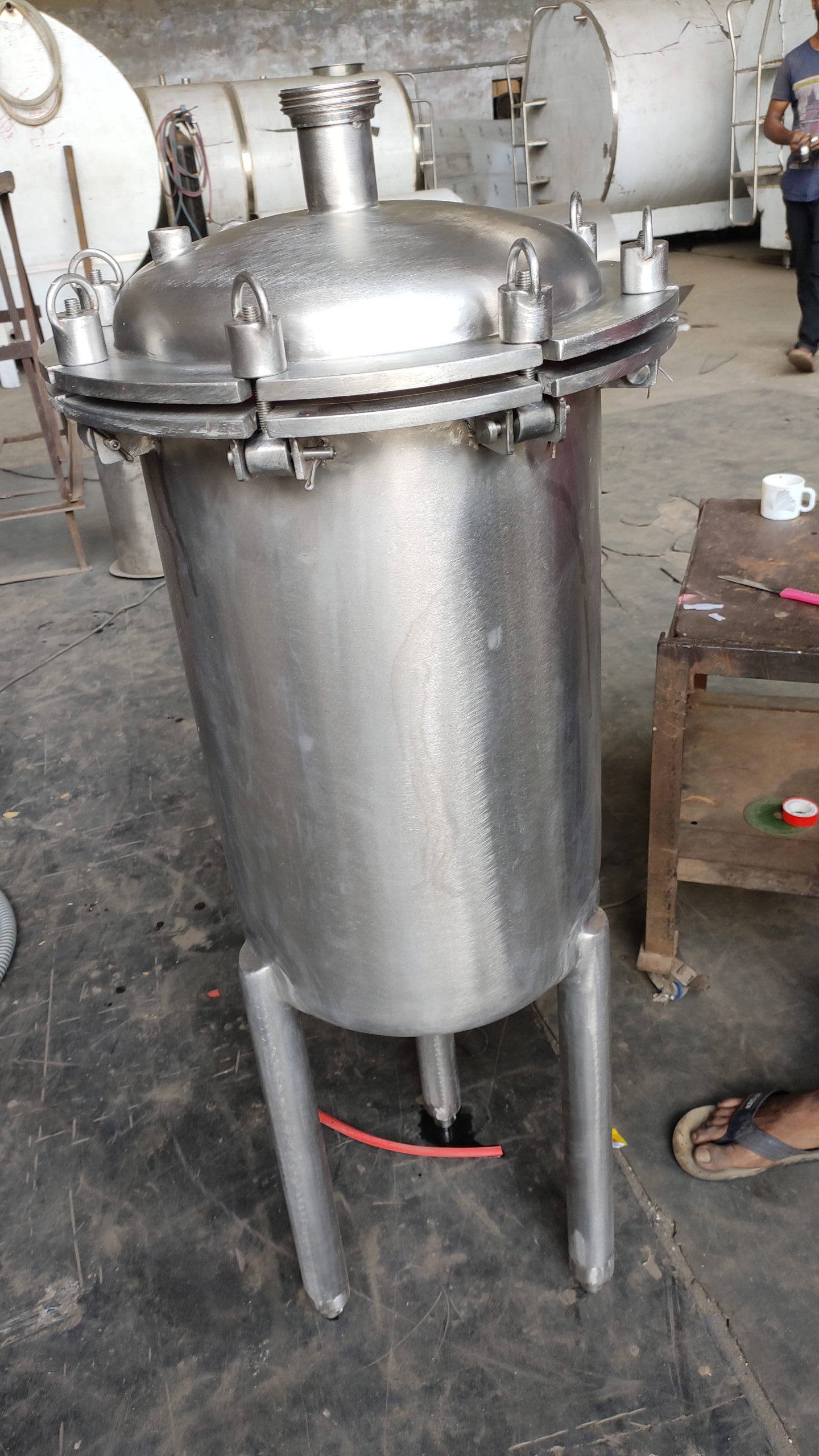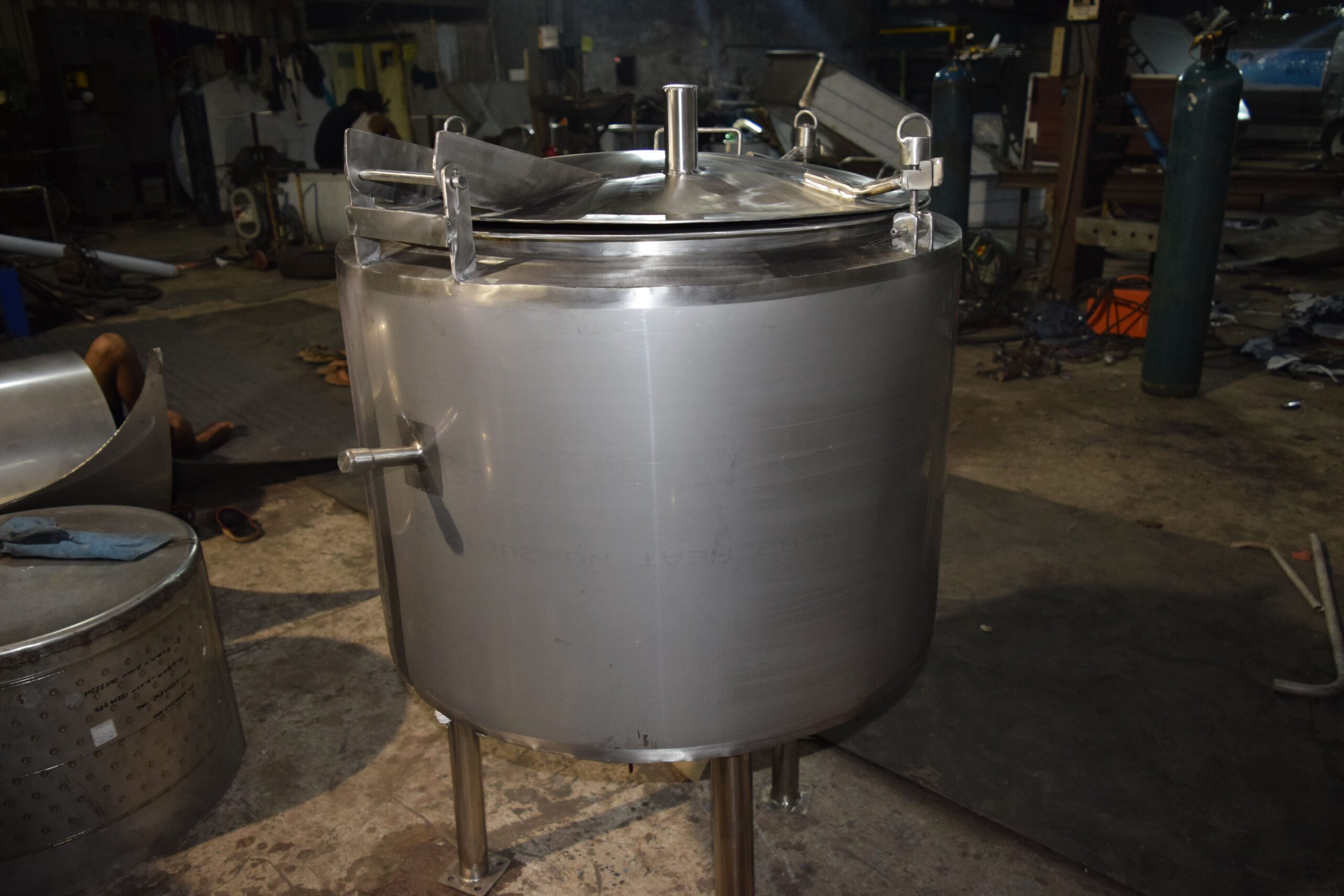Side Agitators
Side agitators are mechanical devices used in various industrial processes to mix, agitate, or maintain the homogeneity of liquids or slurry materials. They are typically mounted on the side of a tank or vessel and are used in applications where top or bottom agitation is not feasible or effective. Here’s a detailed description of side agitators:
Working Principle
The motor drives the shaft and impeller, which in turn generates fluid motion within the tank. The design and positioning of the impeller create a flow pattern that ensures thorough mixing of the tank contents. The agitation intensity can be adjusted by changing the impeller type, size, and rotational speed.
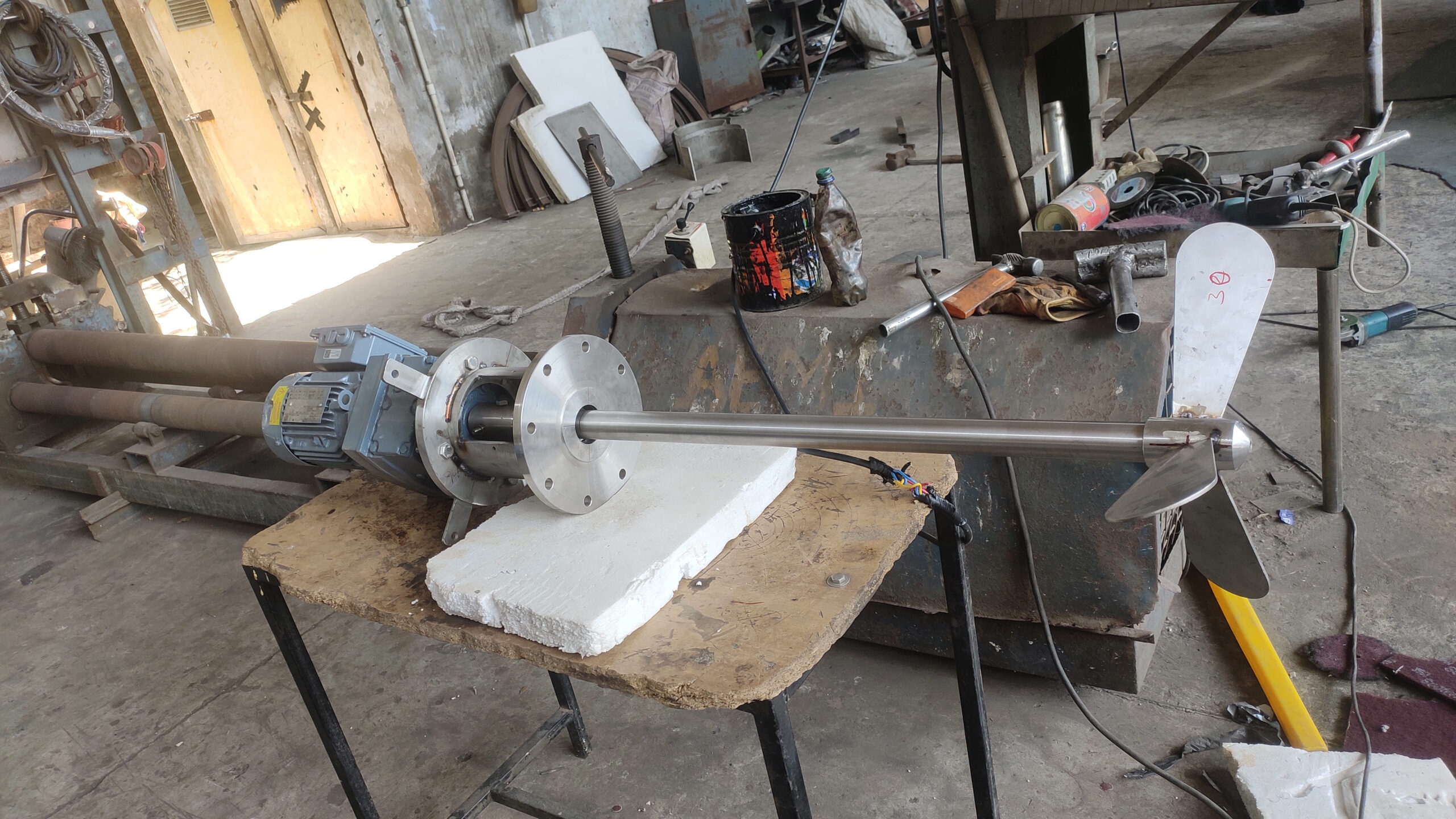
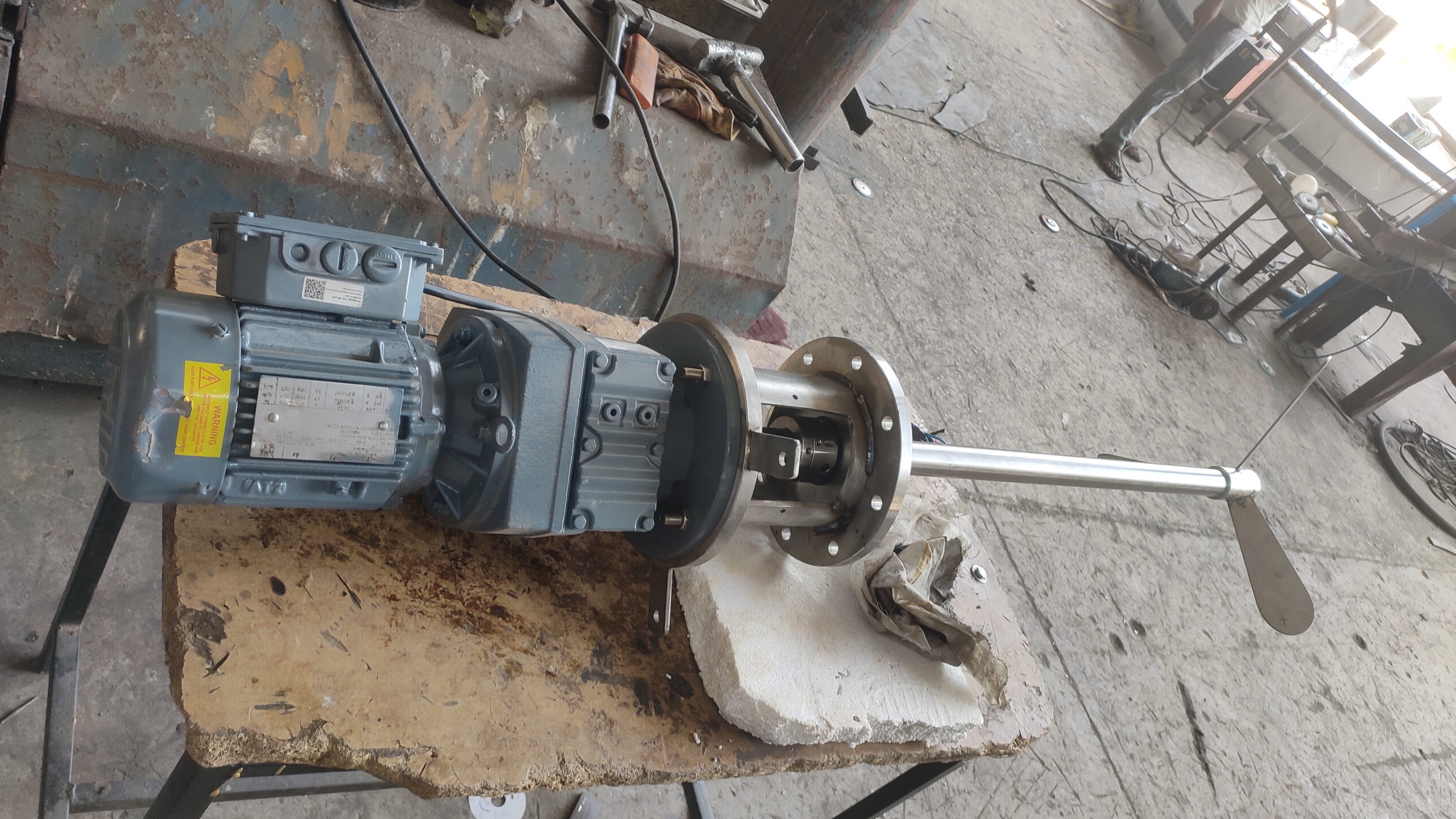
Components and Structure
- Motor: Powers the agitator and drives the impeller.
- Gearbox: Reduces the motor speed and increases torque to the impeller.
- Shaft: Connects the motor and gearbox to the impeller.
- Impeller: The rotating component that generates fluid motion. Common types include propellers, turbines, and paddles.
- Mounting Flange: Attaches the agitator to the side of the tank, ensuring a secure and leak-proof connection.
- Seals: Prevent leakage of the tank contents and protect the internal components from contamination.
Applications
- Chemical Industry: Mixing of chemicals, maintaining homogeneity of solutions, and promoting reactions.
- Pharmaceutical Industry: Mixing active ingredients, maintaining suspension of particles, and ensuring uniformity of liquid medications.
- Food and Beverage Industry: Mixing ingredients, maintaining uniform temperature, and preventing sedimentation.
- Water and Wastewater Treatment: Mixing chemicals, aerating water, and preventing sediment buildup.
- Paints and Coatings: Mixing pigments, maintaining uniform viscosity, and ensuring consistency of the final product.
Advantages
- Efficient Mixing: Ensures thorough and uniform mixing of tank contents.
- Versatility: Suitable for a wide range of viscosities and types of fluids.
- Space-Saving: Ideal for tanks with limited headroom or where top and bottom entry agitators are impractical.
- Easy Maintenance: Accessible and easier to maintain compared to some other types of agitators.
Considerations for Selection
- Tank Size and Shape: The size and shape of the tank can affect the choice of agitator and its placement.
- Fluid Properties: Viscosity, density, and chemical properties of the fluid determine the type of impeller and the required power.
- Process Requirements: The desired mixing intensity, temperature control, and specific process needs influence the selection of the agitator.
In summary, side agitators are essential components in various industries for effective mixing and maintaining homogeneity of fluids, offering versatility and efficiency in operations.

